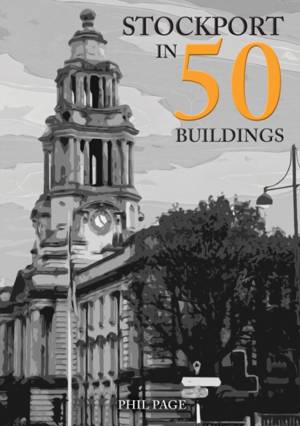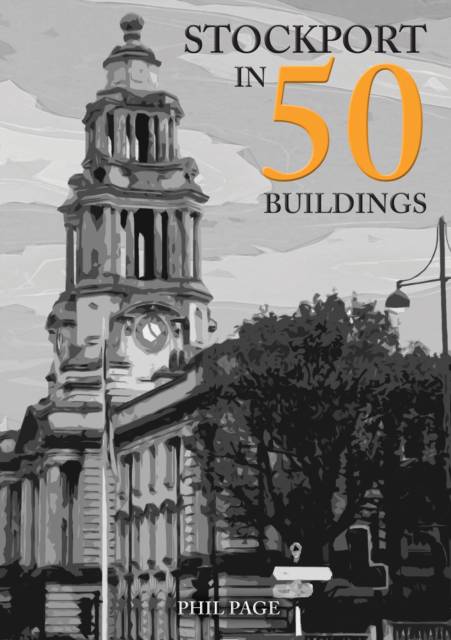
- Afhalen na 1 uur in een winkel met voorraad
- Gratis thuislevering in België vanaf € 30
- Ruim aanbod met 7 miljoen producten
- Afhalen na 1 uur in een winkel met voorraad
- Gratis thuislevering in België vanaf € 30
- Ruim aanbod met 7 miljoen producten
Zoeken
Omschrijving
Situated seven miles from Manchester City Centre is the large town of Stockport, which lies at the confluence of the Tame, Goyt and Mersey rivers. The first building of any identity to be officially documented in the town was its castle, a motte-and-bailey construction from around 1173. The site is still identifiable today, but Stockport's architectural identity relates to more modern times. From the seventeenth century, Stockport became a centre for the hatting trade and later the silk industry. The town expanded rapidly during the Industrial Revolution, fuelled by the growth of cotton manufacturing which became one of its major employers.In 'Stockport in 50 Buildings', local author Phil Page highlights some of the town's significant architectural landmarks and notable structures from across the centuries. Through a fascinating and diverse selection of buildings he tells the story of Stockport's development, its people and their way of life. During the nineteenth century, spinning, weaving, bleaching, printing, and dyeing, became the staple industries of Stockport and many of its surviving buildings reflect its industrial heritage.The old mills, churches and market buildings still play an essential part in the life of the town today. The existing breweries, cinemas, libraries, art galleries and railway stations are a reflection of the needs of a growing Victorian and Edwardian society. The grand constructions of their engineers can still be seen, with St Mary's Parish Church, the imposing Town Hall, and the famous railway viaduct, which crosses the river, being amongst the most impressive examples of a great industrial age.Illustrated throughout, this book takes the reader on an engaging journey visiting many of Stockport's older buildings and those newer constructions, which have come to represent the town today.
Specificaties
Betrokkenen
- Auteur(s):
- Uitgeverij:
Inhoud
- Aantal bladzijden:
- 96
- Taal:
- Engels
- Reeks:
Eigenschappen
- Productcode (EAN):
- 9781445697741
- Verschijningsdatum:
- 15/05/2023
- Uitvoering:
- Paperback
- Formaat:
- Trade paperback (VS)
- Afmetingen:
- 165 mm x 234 mm
- Gewicht:
- 276 g

Alleen bij Standaard Boekhandel
+ 44 punten op je klantenkaart van Standaard Boekhandel
Beoordelingen
We publiceren alleen reviews die voldoen aan de voorwaarden voor reviews. Bekijk onze voorwaarden voor reviews.











